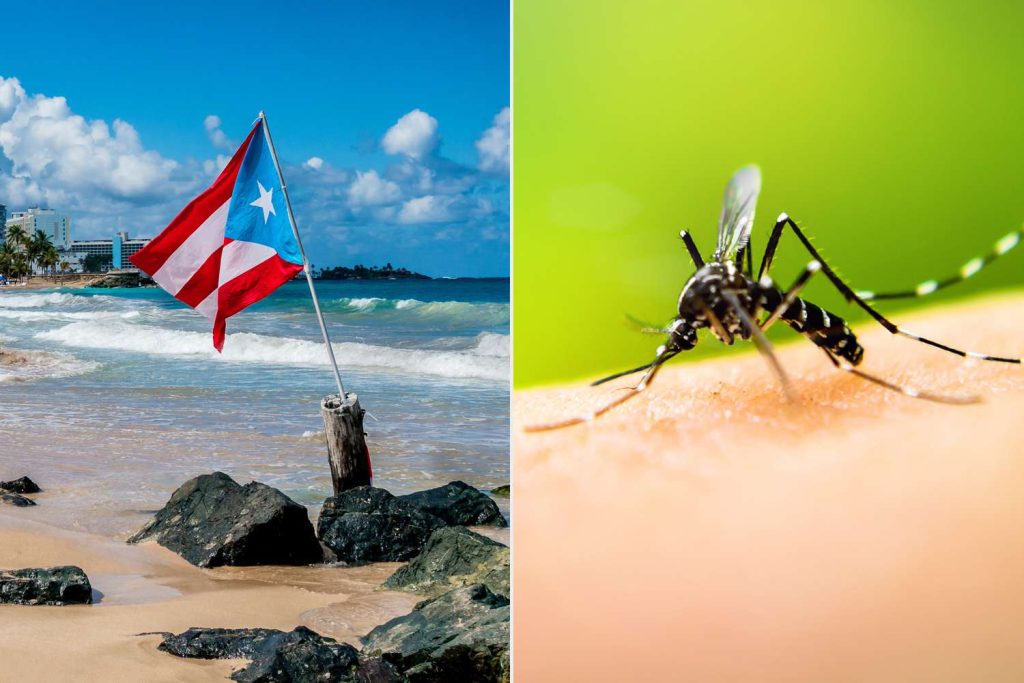The recent declaration of a dengue epidemic in Puerto Rico has raised concerns about the resurgence of this mosquito-borne disease and its potential impact on public health. As cases continue to rise, it is crucial to understand the nature of dengue fever, its transmission dynamics, and the strategies employed to mitigate its spread. In this comprehensive article, we delve into the intricacies of dengue epidemics, exploring the epidemiology, clinical manifestations, prevention measures, and the collaborative efforts undertaken by health authorities to address this pressing public health threat.
Understanding Dengue Fever: Dengue fever, caused by the dengue virus transmitted through the bite of infected Aedes mosquitoes, manifests with symptoms ranging from mild flu-like illness to severe complications such as dengue hemorrhagic fever and dengue shock syndrome. We delve into the pathogenesis of dengue infection, elucidating the factors contributing to its endemicity in tropical and subtropical regions worldwide. Through a detailed examination of the clinical features and diagnostic methods, readers gain insights into the challenges of early detection and timely management of dengue cases.
Epidemiology of Dengue: Global Trends and Regional Patterns: The epidemiological landscape of dengue fever is characterized by periodic outbreaks and endemic transmission cycles, influenced by factors such as climate variability, urbanization, and population movements. We analyze the global burden of dengue, highlighting the disproportionate impact on vulnerable populations in resource-limited settings. By mapping the distribution of dengue hotspots and exploring the drivers of transmission dynamics, we identify key determinants shaping the spatial and temporal patterns of dengue epidemics.
Challenges in Dengue Prevention and Control: Efforts to control dengue transmission face multifaceted challenges, including vector resistance to insecticides, environmental factors conducive to mosquito breeding, and inadequate healthcare infrastructure in affected regions. We examine the limitations of traditional vector control strategies and the emergence of innovative approaches such as Wolbachia-infected mosquitoes and gene drive technologies. Additionally, we address the socio-economic disparities exacerbating dengue vulnerability and the importance of community engagement in vector surveillance and outbreak response.
Public Health Response to Dengue Epidemics: In response to the dengue epidemic in Puerto Rico, health authorities have implemented a multifaceted approach encompassing surveillance, vector control, clinical management, and public education campaigns. We provide an in-depth analysis of the collaborative efforts between government agencies, non-profit organizations, and research institutions in combating dengue transmission. Through case studies and best practice examples, we highlight the effectiveness of integrated vector management strategies and the role of community mobilization in reducing dengue incidence and mitigating disease burden.
Future Directions and Concluding Remarks: As the global burden of dengue continues to escalate, there is an urgent need for sustained investment in research, innovation, and capacity-building initiatives aimed at dengue prevention and control. We discuss the prospects for dengue vaccine development, the potential of novel vector control technologies, and the importance of international collaboration in addressing cross-border dengue transmission. In conclusion, we underscore the imperative of a comprehensive, multi-sectoral approach to combatting dengue epidemics and safeguarding public health in vulnerable populations worldwide.
